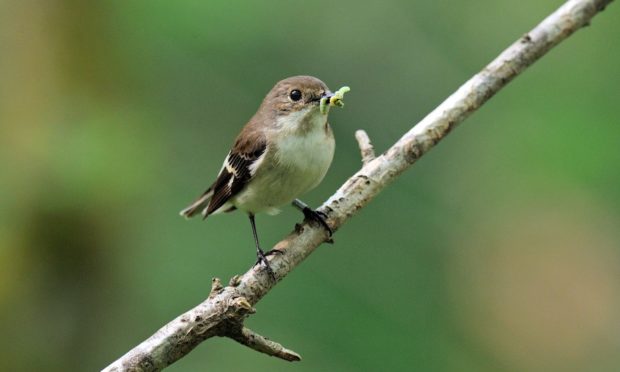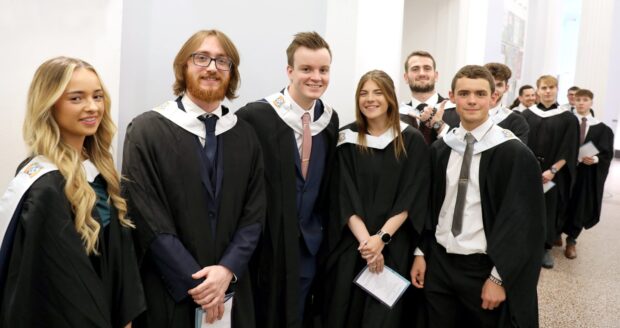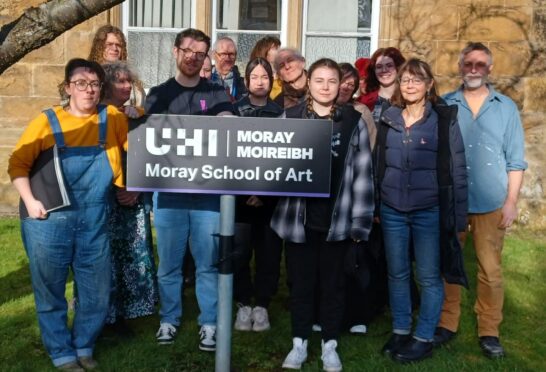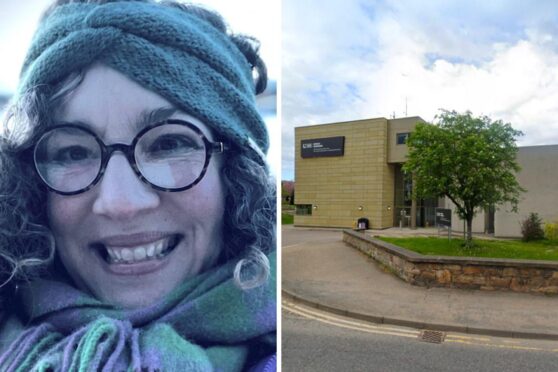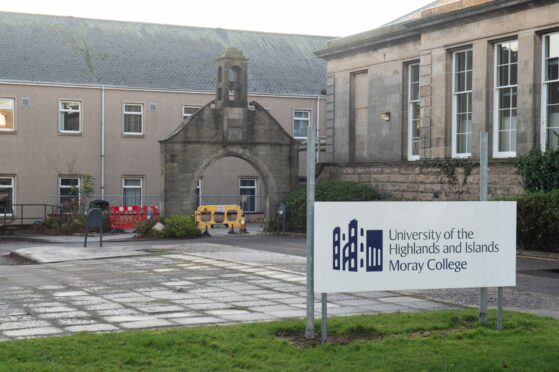A new study involving north-east academics has found intelligent birds use copycat behaviour to find the best breeding ground.
Research published by Aberdeen University, Lyon University and Uppsala University in Sweden has shown that birds which learn faster than their peers go on to copy their neighbours’ behaviour to make crucial decisions.
The study found that European female flycatchers use decision-making to copy the choice of their competitors, whereas slower female’s reject it.
Aberdeen University academic, Pierre Bize, said: “In this study, we showed that learning ability and decision-making are tightly linked and it is important as it also shows that inter-individual variation in a cognitive ability in wildlife can shape changes in behaviour in response to ecological pressure, such as rapid environmental changes taking place due to human activities.”
Scientists quantified the use of social information by flycatchers by observing them spying on where great and blue tits chose to breed, while also observing their learning ability.
The researchers presenting the birds with a problem-solving task and measuring how fast parent flycatchers learned the solution – finding that fast learning females were prone to use information and copy the choice of their competitors.
It also found male flycatchers’ learning ability did not influence the use of social information in choosing a breeding site.
Dr Bize added: “If some species with limited cognitive abilities cannot make the best decisions because they cannot optimally use information, and are thus at higher risk of extinction, maybe this is where the effort for conservation should be set.”
